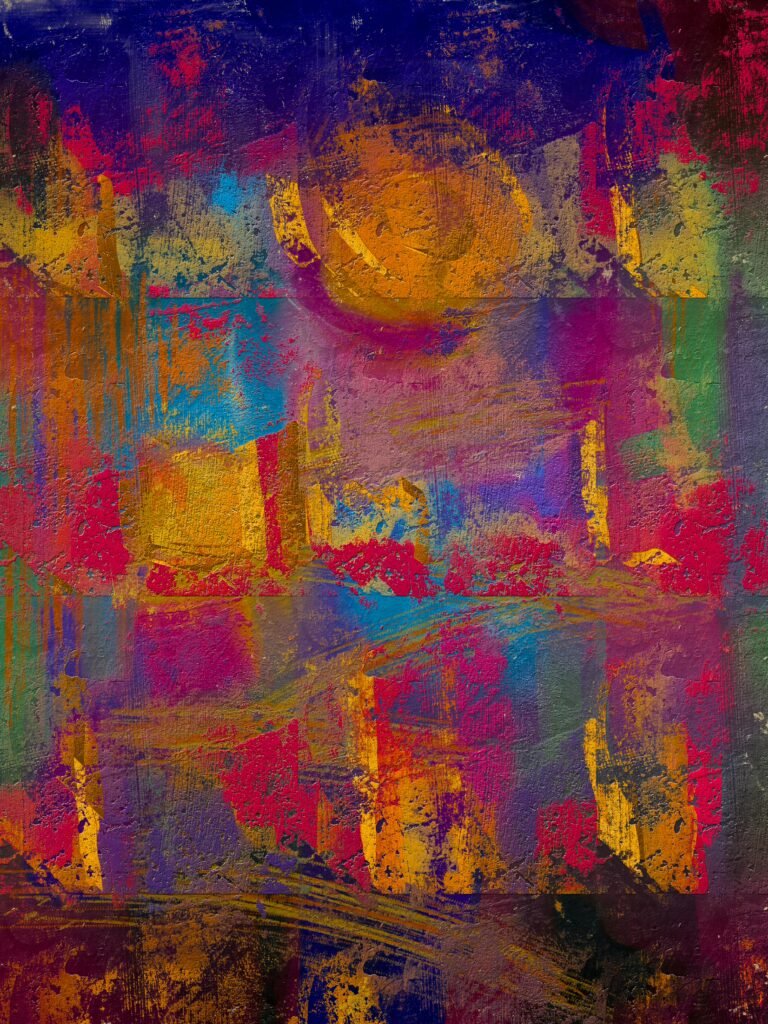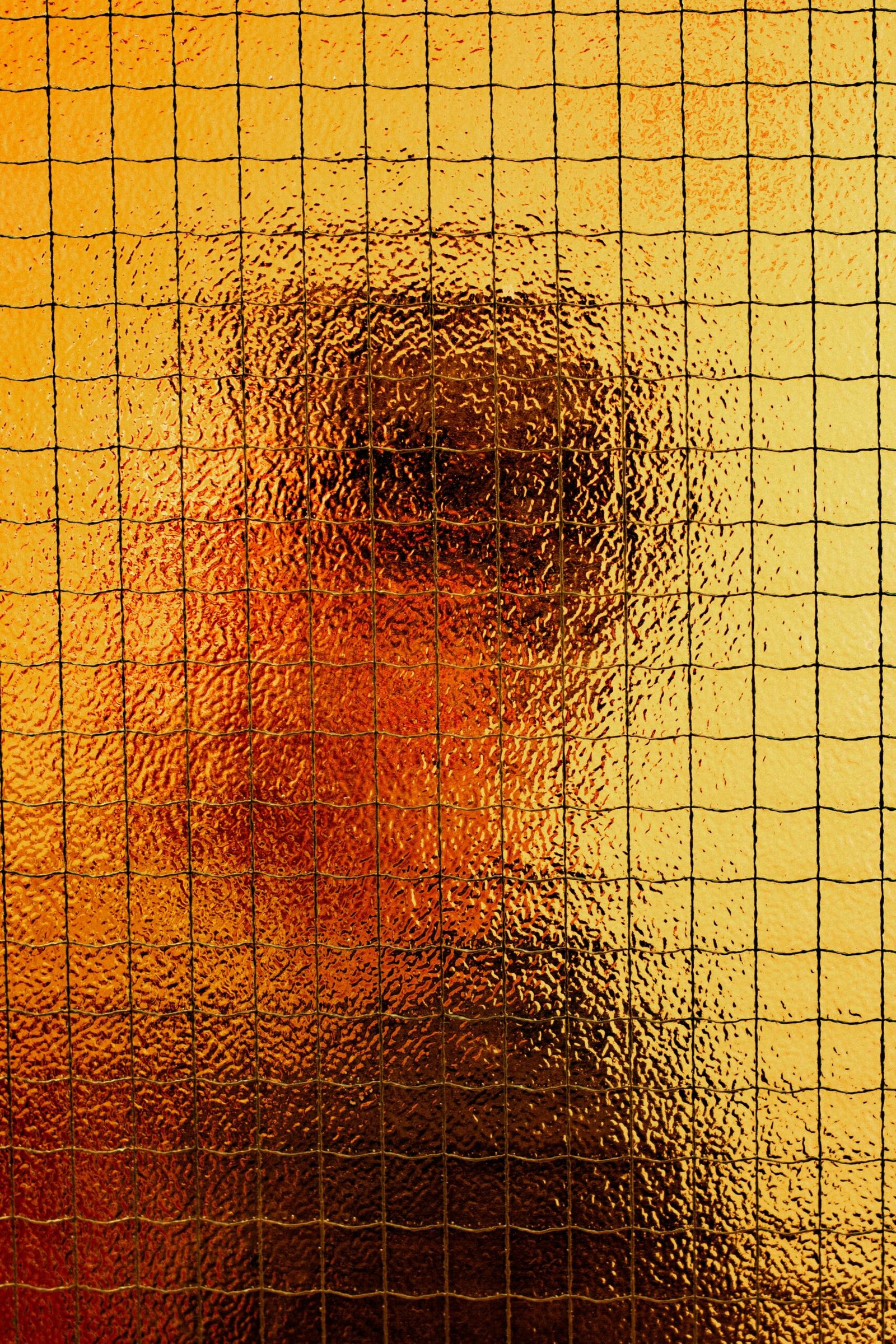Welcome to an exploration of how creativity and artistic influences have shaped the world of clock design. From intricate patterns and bold color schemes to unique materials and innovative shapes, the realm of clock design is a playground for artistic expression. This article will delve into how artists, styles, and movements have inspired clockmakers to push the boundaries of traditional design and create truly unique timepieces that not only tell time but also serve as works of art. Join us on this journey as we uncover the fascinating ways in which creativity has been unleashed in the world of clock design. Have you ever stopped to think about the intricate details that go into designing something as simple as a clock? The truth is, there’s a lot more to clock design than meets the eye. From the typeface used on the numbers to the shape of the hands, every detail has been carefully thought out and designed to create a cohesive and visually appealing timepiece. In this article, we’ll explore how artistic influences play a crucial role in the design of clocks, and how these elements can truly unleash creativity in the world of timekeeping.

This image is property of images.pexels.com.
The Role of Art in Clock Design
Have you ever looked at a clock and felt a sense of awe at its beauty? That’s the power of art in clock design. Clocks are not just functional objects that tell time; they are also works of art that showcase the creativity and skill of their designers. From intricate patterns and designs on the clock face to the shape and style of the hands, art plays a crucial role in shaping the overall look and feel of a clock.
Incorporating Artistic Elements in Clock Design
When designing a clock, artists and designers can draw inspiration from a wide range of sources. Whether it’s the vibrant colors of a painting, the clean lines of a sculpture, or the intricate patterns of a textile, there are endless possibilities for incorporating artistic elements into clock design. By integrating these artistic influences into their work, designers can create clocks that are not only functional but also visually stunning pieces of art.
The Importance of Aesthetics in Clock Design
Aesthetics play a vital role in clock design, as they can greatly impact the overall look and feel of a timepiece. From the choice of materials to the color palette used, every aesthetic decision can contribute to the overall design of a clock. By paying close attention to these details, designers can create clocks that are not only aesthetically pleasing but also able to evoke specific emotions and feelings in those who view them.
Artistic Influences in Clock Design
Artistic influences can be seen in every aspect of clock design, from the overall shape and size of the clock to the smallest details such as the typeface used on the numbers. By drawing inspiration from a wide range of artistic styles and movements, designers can create clocks that are truly unique and visually striking. Let’s take a closer look at some of the key artistic influences in clock design.
Minimalism
Minimalism is a popular artistic movement that focuses on simplicity and minimalism. In clock design, this aesthetic can be seen in the use of clean lines, simple shapes, and a limited color palette. Clocks that embrace minimalism often have a sleek and modern look that is both elegant and timeless. By stripping away unnecessary details and focusing on the essentials, designers can create clocks that are both visually striking and highly functional.
Art Deco
Art Deco is another influential artistic movement that has had a significant impact on clock design. Known for its bold geometric shapes, vibrant colors, and intricate patterns, Art Deco style clocks are often luxurious and ornate. Clocks that draw inspiration from Art Deco often feature elaborate designs, rich materials, and a sense of opulence and glamour. By incorporating these elements into their work, designers can create clocks that are truly works of art.
Surrealism
Surrealism is an artistic movement that seeks to challenge the boundaries of reality and explore the subconscious mind. In clock design, this aesthetic can be seen in the use of dream-like imagery, unusual shapes, and unexpected elements. Clocks that embrace surrealism often have a whimsical and fantastical quality that sets them apart from more traditional designs. By incorporating elements of surrealism into their work, designers can create clocks that are not only visually captivating but also thought-provoking and engaging.

This image is property of images.pexels.com.
How Artistic Influences Can Unleash Creativity in Clock Design
By drawing inspiration from a wide range of artistic influences, designers can push the boundaries of traditional clock design and create truly innovative and captivating timepieces. Whether it’s experimenting with different materials, playing with scale and proportion, or embracing unconventional shapes and forms, there are endless possibilities for unleashing creativity in clock design.
Experimenting with Materials
One way that designers can unleash creativity in clock design is by experimenting with different materials. From traditional materials such as wood and metal to more unconventional options like acrylic and glass, the choice of materials can greatly impact the overall look and feel of a clock. By pushing the boundaries of what is possible with materials, designers can create clocks that are fresh, modern, and truly unique.
Playing with Scale and Proportion
Scale and proportion play a crucial role in the design of clocks, as they can greatly impact the overall aesthetic of a timepiece. By playing with scale and proportion, designers can create clocks that are visually striking and unexpected. Whether it’s oversized numbers, a unique placement of the hands, or an unconventional shape, experimenting with scale and proportion can lead to truly innovative designs that push the boundaries of traditional clock design.
Embracing Unconventional Shapes and Forms
Another way that designers can unleash creativity in clock design is by embracing unconventional shapes and forms. Instead of sticking to traditional circular or square shapes, designers can experiment with more abstract and organic forms that challenge the expectations of what a clock should look like. By thinking outside the box and embracing unconventional shapes and forms, designers can create clocks that are truly one-of-a-kind and visually captivating.
Conclusion
In conclusion, artistic influences play a crucial role in the design of clocks. By drawing inspiration from a wide range of artistic styles and movements, designers can create truly unique and visually stunning timepieces that are not only functional but also works of art. Whether it’s embracing minimalism, drawing from the opulence of Art Deco, or exploring the dream-like qualities of surrealism, there are endless possibilities for unleashing creativity in clock design. So next time you look at a clock, take a moment to appreciate the artistic influences that have gone into creating it, and remember that even the simplest objects can be works of art in their own right.
